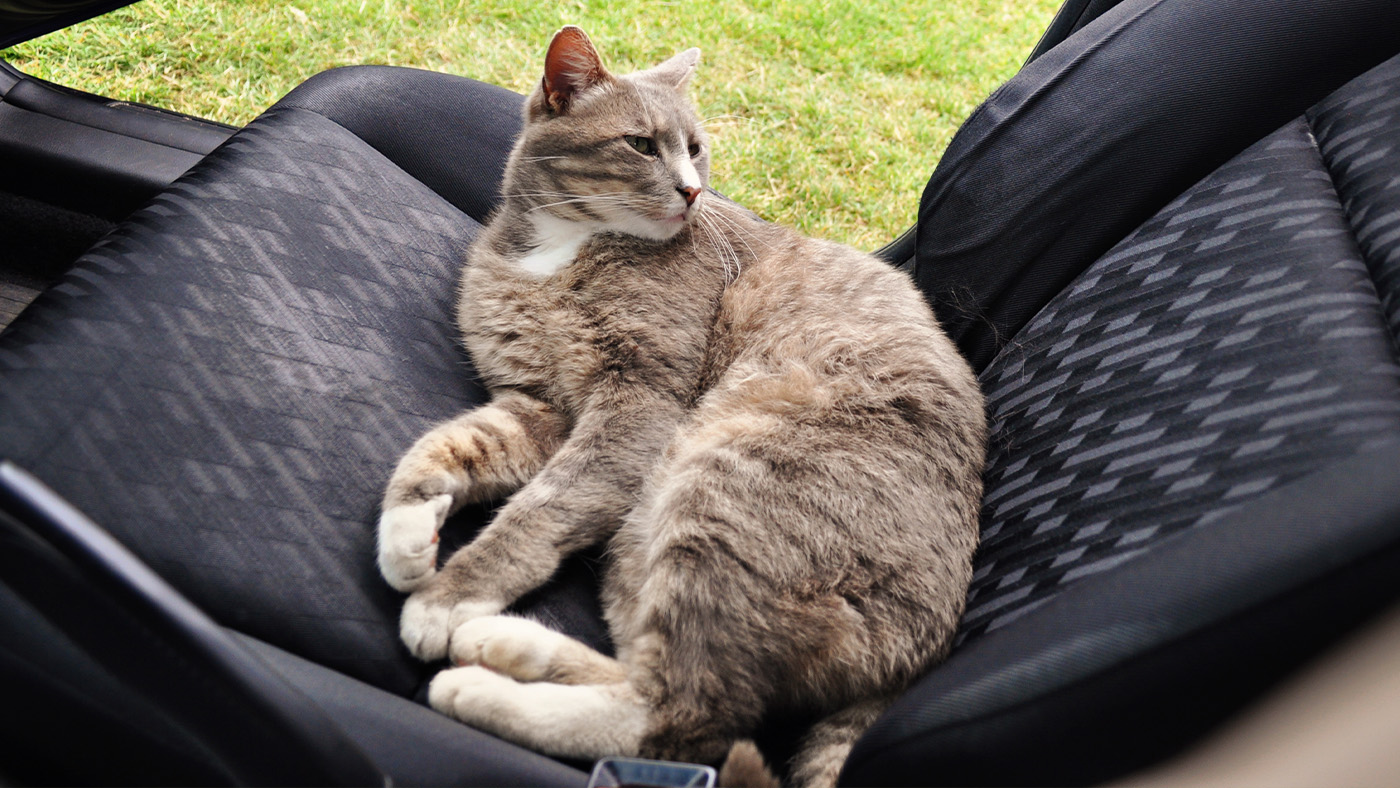10 orange tabby cat facts that may surprise you
These orange tabby cat facts are proof that there’s so much more to this striking-looking feline than meets the eye
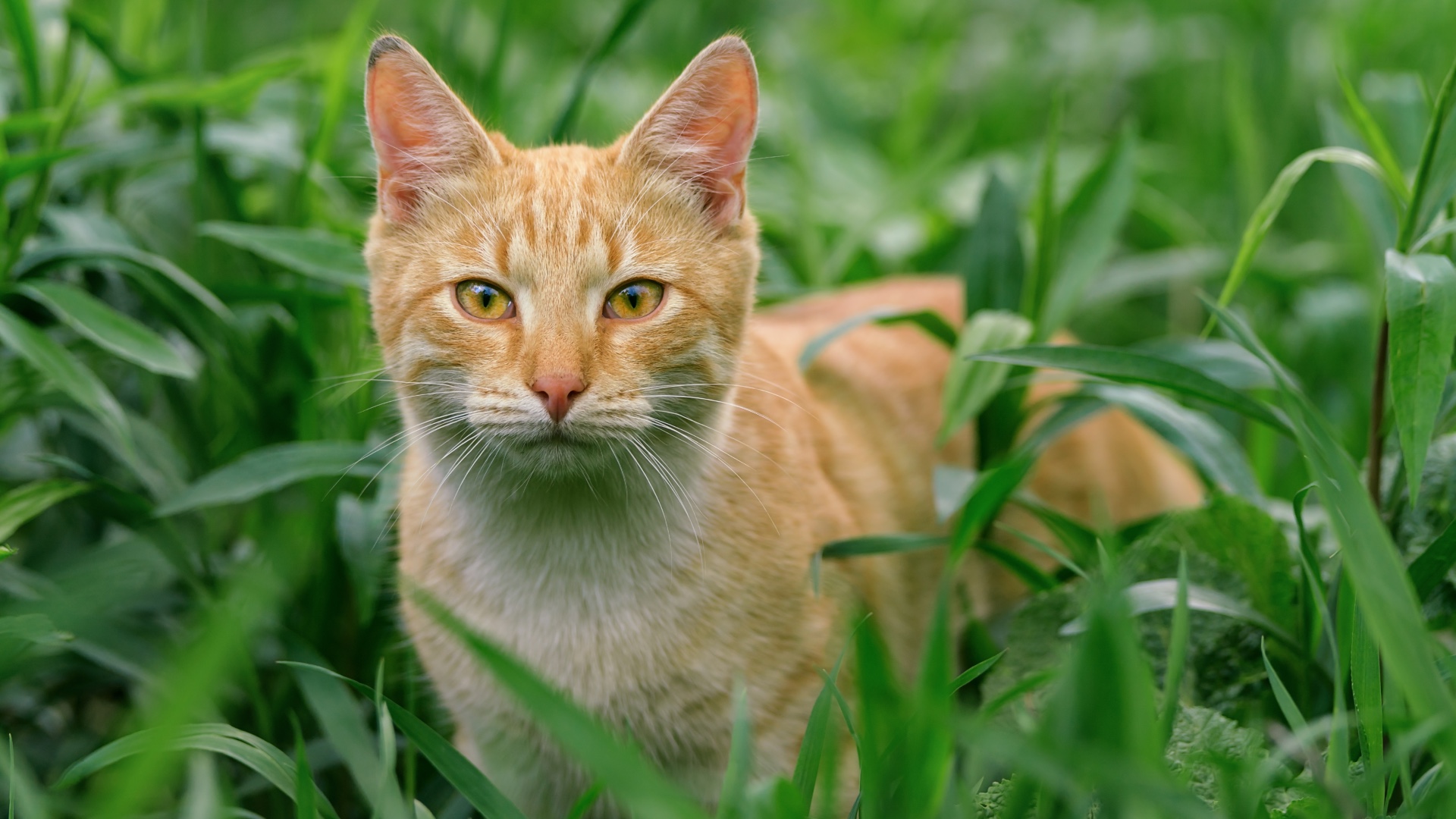
The orange tabby cat has long been a favorite amongst feline-loving pet parents, and it’s not hard to see why! With personalities that tend to be warm and loving, and chatty and gregarious natures, this striking kitty knows how to win hearts.
From Milo to Garfield, orange tabby cats have been charming us all for decades. But there’s plenty about these Hollywood darlings you might not yet know. If you own one of these little cuties, you probably already know that they’re huge fans of the best dry cat food, but were you aware that the majority of orange tabbies are male?
They’re also known to be playful and affectionate, so if you want to deepen your relationship with your feline friend and boost their happiness, learning how to play with a cat will help you do just that - not to mention that it’s great for your kitty’s mental and physical wellbeing.
Below, we’re sharing 10 of our favorite orange tabby cat facts to help you get to know this curious and social feline just that little bit better. Who knows, if you’re not already the proud owner of one, you may be after reading this!
1. Orange tabby cats are not their own breed
It’s not unusual for even the biggest cat lover to mistakenly believe that ‘tabby’ refers to a specific breed. But in actual fact, the word ‘tabby’ is taken from a striped silk fabric made in Iraq and is used to describe the unique coat markings that these cats have. All orange cats are tabbies, but as you’ve probably noticed, not all tabbies are orange.
2. It's a male dominated world
Men definitely rule the marmalade cat world with every 4 out of 5 orange tabby cats born being males. That means that if you're looking to adopt one, there’s an 80% chance you’ll be bringing home a boy.
How on earth does this happen we hear you ask? Well, that's a good question and thankfully we have an answer for you. It turns out that their color comes from a sex-linked gene, with the X chromosome being responsible for the orange coloring.
Given that females have two X chromosomes and males have the XY chromosome, females need the gene for orange fur to occur twice in both of their X genes, whereas males only need their one X gene to have the orange coloring for them to be born ginger.
3. There's more than one type of stripe
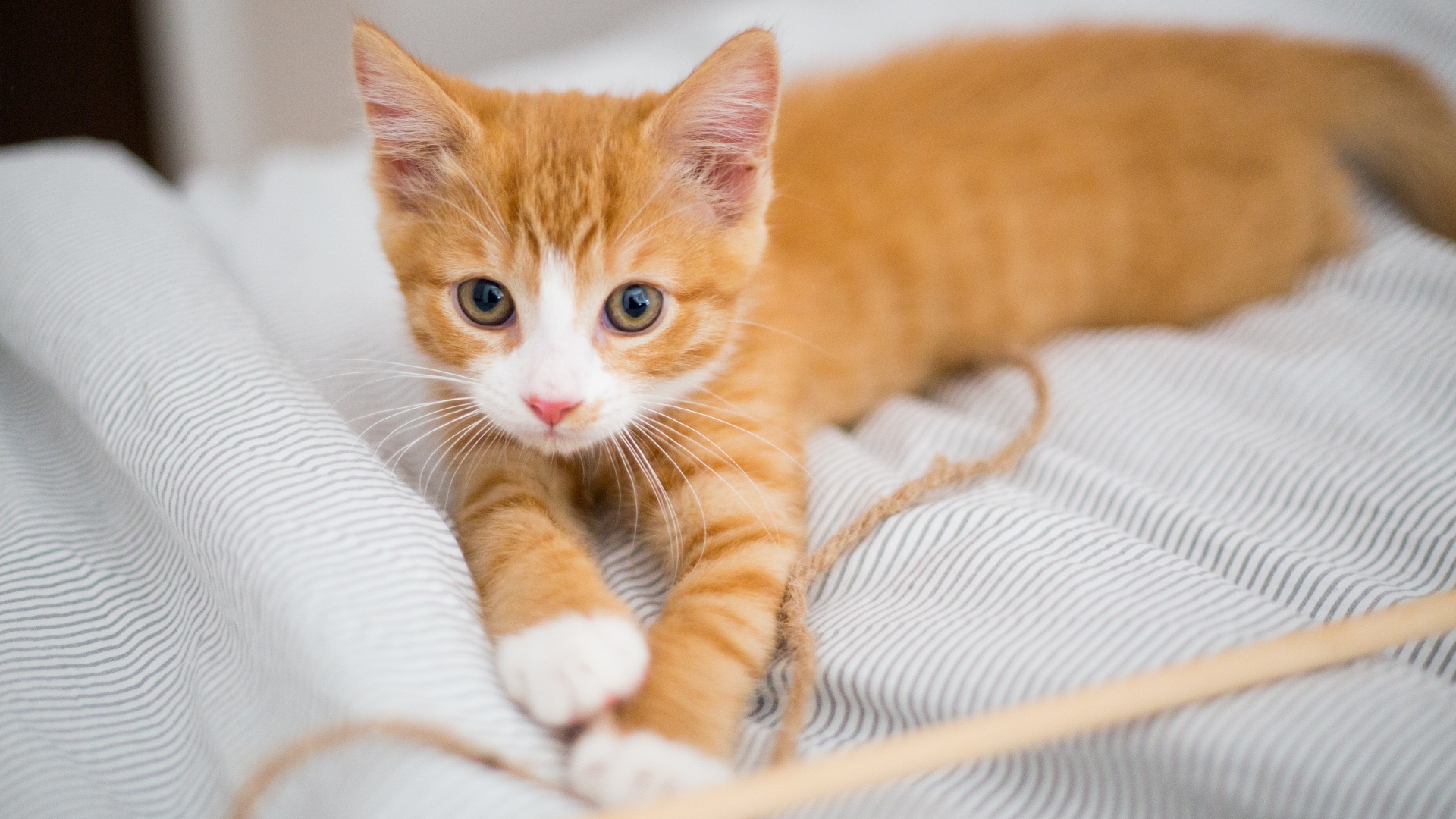
Did you know that orange cats with solid-colored coats don’t exist? It’s true! That’s because all tabby cats regardless of their color carry the agouti gene which is responsible for creating a patterned effect on their coats.
Within the agouti gene, there are four different types of tabby patterns that can occur: mackerel (tiger-like stripes), ticked (hair that alternates with light and dark bands), spotted, and classic (which gives a swirled look).
4. A specific pigment is responsible for their color
It turns out that Annie and Garfield have a lot more in common than we first thought. The pigment pheomelanin is what gives an orange tabby cat their coloring and it’s the same pigment that’s responsible for causing red hair in humans.
5. Orange tabby cats love to talk
If you’ve ever owned an orange tabby cat, you probably know that these guys are definitely the Chatty Cathy’s of the cat world! According to Gary Weitzman, head veterinarian at the San Diego Humane Society, cat personalities are tied to coat color. Weitzman says there’s zero competition when it comes to which kind of cat is the most gregarious, with orange tabbies a clear winner.
6. M marks the spot
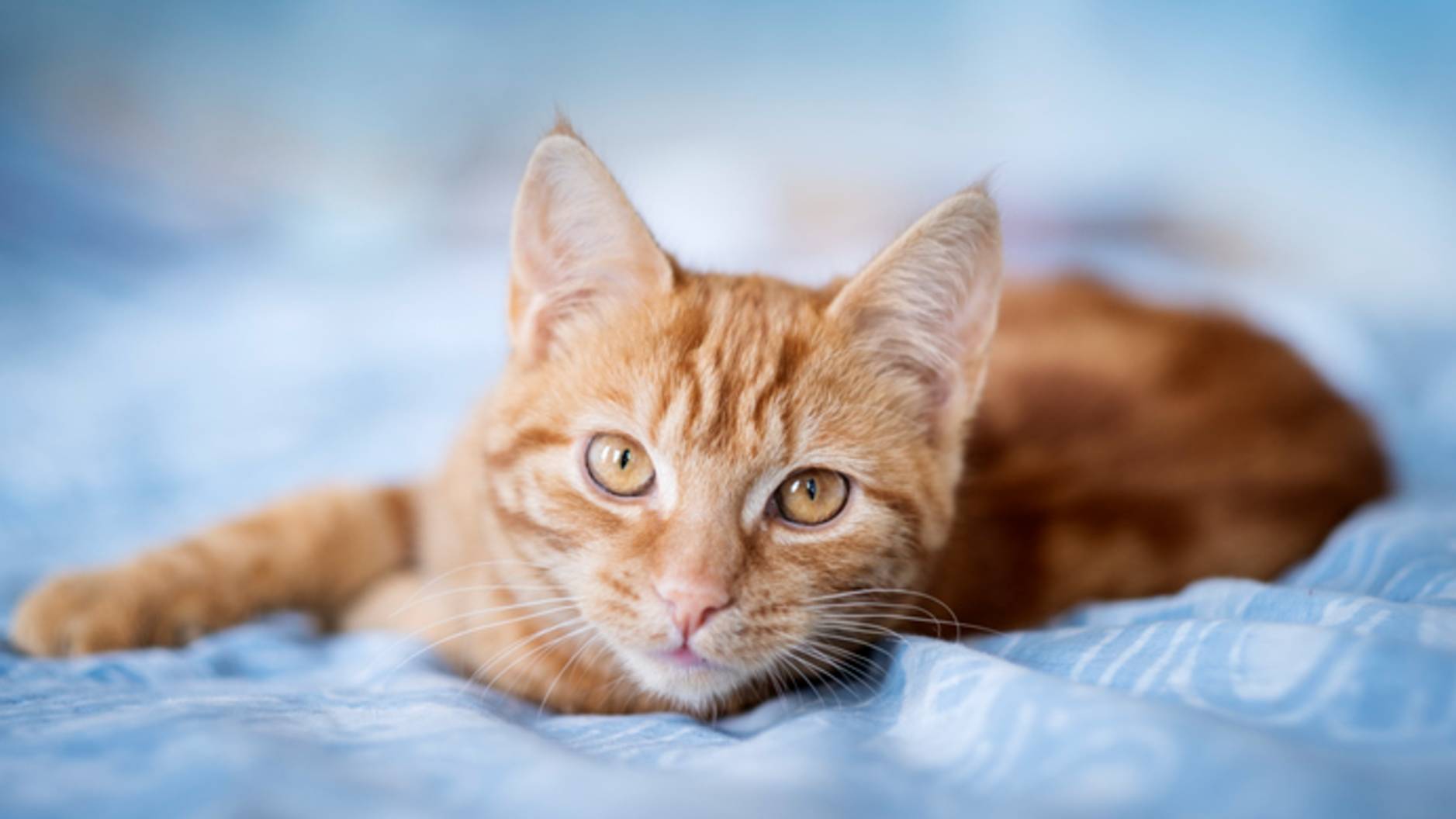
Look closely at an orange tabby cat’s forehead and you’ll notice that they sport a very distinctive looking ‘M’. There are plenty of myths and legends floating around as to how that M came to be there, with claims that it represents everyone from the Virgin Mary to Mohammed, the founder of Islam.
However, science has a slightly less magical answer to why orange tabby cats are rocking that M: it’s in their DNA. The M marking is embedded in the same gene that gives them their tabby pattern.
7. Orange tabbies are known for being Velcro cats
While there’s no hard and fast research, it’s long been believed that male cats tend to be friendlier than female cats, and with 80% of orange tabbies being male, that could be why they have a reputation for being super affectionate. While every cat is different, orange tabbies are well known for being serial snugglers.
8. Black freckles are often their trademark
If you have an orange tabby, you may have noticed dark freckles around its gums or nose. The most common reason for these black freckles is a genetic condition called lentigo which causes an increase in the number of pigment-producing cells.
Lentigo is also common in tortoiseshell and calico cats and is generally nothing to worry about, although if you notice any changes, it’s always wise to have your kitty checked out by your veterinarian.
9. They're known for being super chill
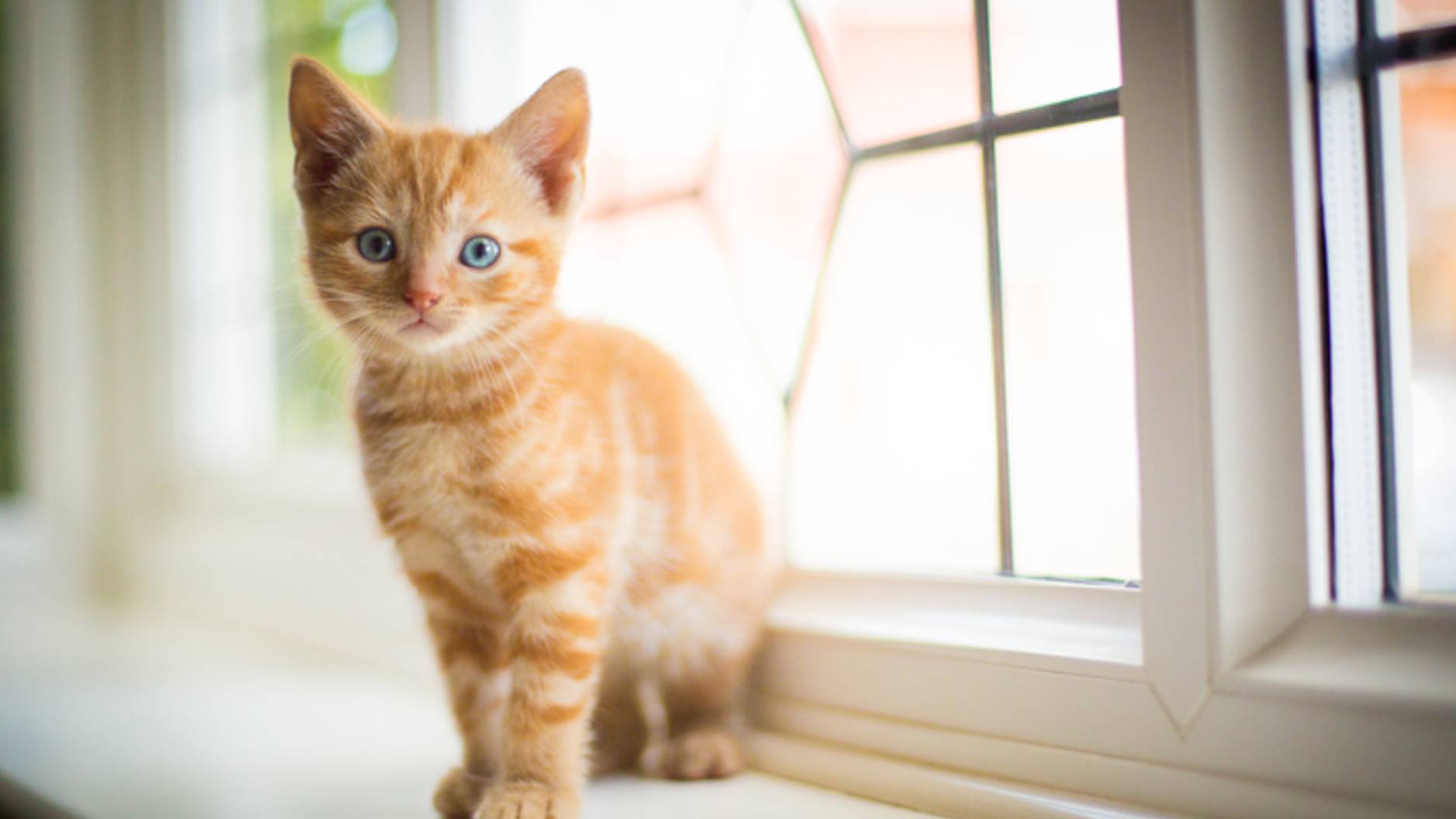
It's true, this is one cat that loves to relax! While marmalade cats are all different, many of them tend to have a strong couch potato gene which means their ideal day involves sleeping, stretching out in the sun, and just generally being rather sloth-like.
And it doesn't stop with just the physical side of things either. These little cuties are also as chilled on the inside as they are on the outside, with easy going and laid-back temperaments that make them a joy to hang out with.
10. Bigger really is better
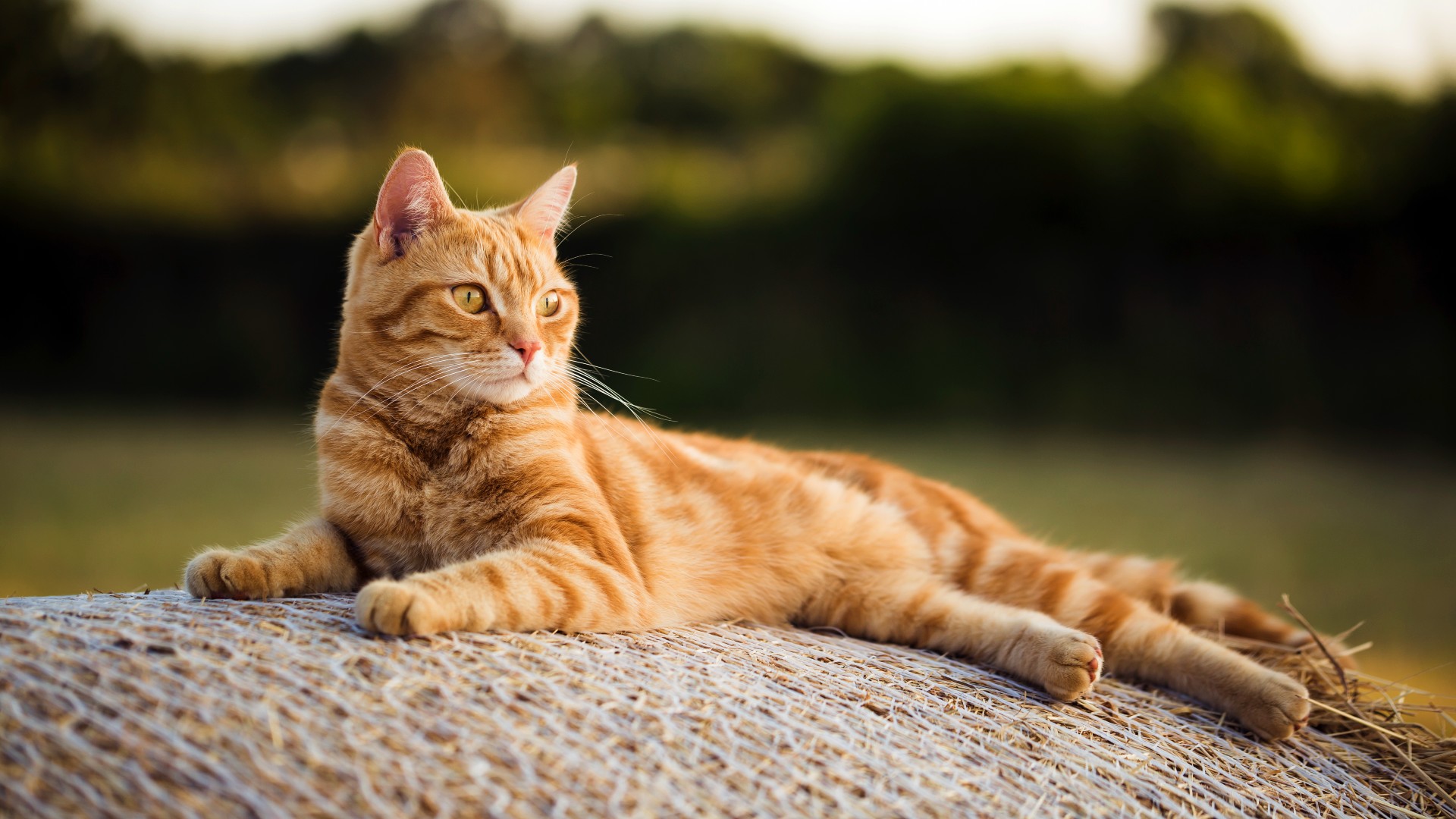
While there's not a huge difference between marmalade cats and the rest of our feline friends, they do tend to be slightly taller than other cats and quite often a bit wider too. It's not known though whether this is to do with the fact that tabby cats are genetically predisposed to being taller than other breeds or whether it's more likely a result of the fact that most orange tabbies are males.
While your tabby cat may enjoy tucking into their food at mealtimes, not all cats are as relaxed around their kitty kibble. Find out what to do if your cat isn’t eating or if they’re showing aggression to other pets or humans around food.
PetsRadar Newsletter
Get the best advice, tips and top tech for your beloved Pets

Kathryn is a freelance writer who has been a member of the PetsRadar family since it launched in 2020. Highly experienced in her field, she's driven by a desire to provide pet parents with accurate, timely, and informative content that enables them to provide their fur friends with everything they need to thrive. Kathryn works closely with vets and trainers to ensure all articles offer the most up-to-date information across a range of pet-related fields, from insights into health and behavior issues to tips on products and training. When she’s not busy crafting the perfect sentence for her features, buying guides and news pieces, she can be found hanging out with her family (which includes one super sassy cat), drinking copious amounts of Jasmine tea and reading all the books.
